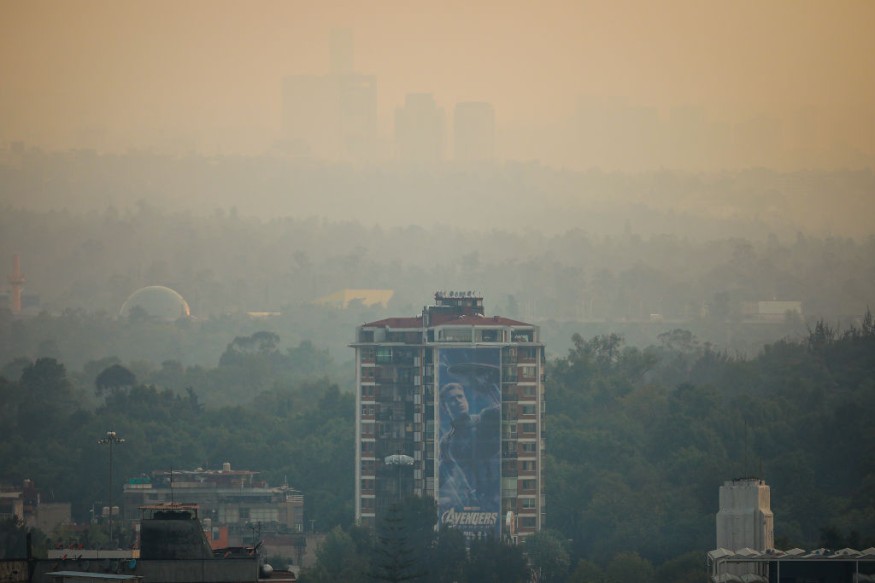Mexico City has been experiencing major problems with their water sustainability for over a century now, and this has finally put their city at a brink of crisis.
According to Science Alert, Mexico is sinking in an alarmingly fast rate. There is currently no hope for elevation as the lake bed beneath where the city sits have been sucked up over the years, causing the sediments it was built on to compress a lot more.
Due to the city's current environmental status, other problems have risen up along with its sinking soil and detrimental effects is very likely to happen to water security and infrastructures.

Mexico City then
Historically, Aztecs built Mexico in the middle of a lake that had formed in a volcanic crater. In 1519, the Spaniards took over and filled the lake with deep wells to bring water up from underground aquifers. This means centuries of water drainage and groundwater extraction had occurred since the beginning.
The growing population and urbanization have been factors to the land subsidence as well. The rising demand for water has put the aquifer beneath the city at a brink of collapsing. Eddie Bromhead, a geotechnical engineer at Kingston University told The Guardian in 2004 that the heavy buildings and shallow foundations, along with removing the water beneath, resulted the soil to compact.
Bromhead said they have made attempts to control water usage at the time, however the installation of pumping stations to draw water from rivers did not help that much as water demand had been increasing rapidly.
Mexico City now
A recent study reported that Mexico City's land has been depressing at a rate of up to 50 centimeters a year, and data showed that the land subsidence is almost fully irreversible. Although the water drainage and groundwater drilling were discontinued in the 1950s, 115 years of leveling data and 24 years of GPS data showed the city's freefall is still roughly at the same rate.
In early 1900's, scientists had recorded Mexico's sinking rate to be 8 centimeters a year. It then jumped to 29 centimeters a year in 1958. This difference had encouraged the city to reduce the amount of water that could be brought up from wells in the city proper. Subsequently, the rate returned to less than 9 centimeters a year. However, after over 20 years, a consistent rate of up to 40 centimeters a year has been recorded which is considered to be an 'alarming and unstoppable rate'.
In the recent study, it was foreseen that it will take 150 years until clay sheets underneath Mexico City could eventually compress by 30 percent. As of today, Mexico is already at 17 percent.
While the sinking rate is not uniformed with other areas, researchers believe this will cause damage to infrastructures. Bromhead once said that the closest solution to preventing infrastructural damage was to replace badly founded buildings with better ones.
Lastly, the city would be at risk in terms of its water supply. As the clay underneath the city's soil sink and crack, this will become a source of a 'water pollution crisis'. Contamination within groundwater extraction wells would mean 70 percent of the city's drinking water to be at risk as well.
© 2025 NatureWorldNews.com All rights reserved. Do not reproduce without permission.





